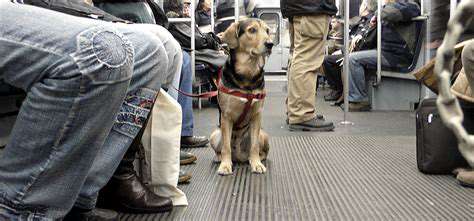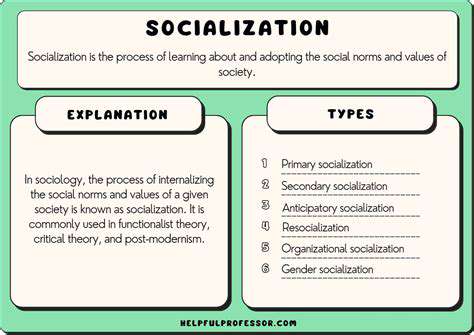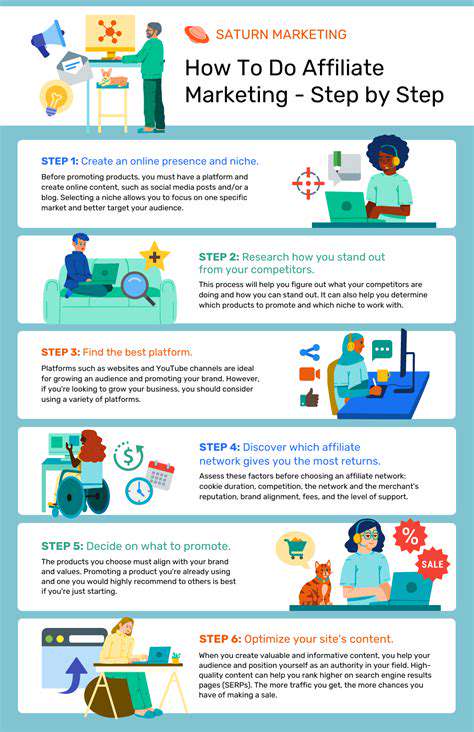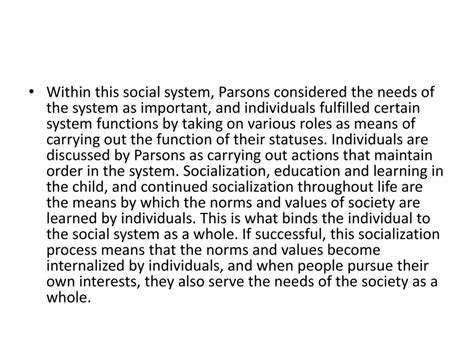Socializing Your Puppy to Public Transportation (If Applicable)
Catalog
Puppies need gradual public transportation adaptation training.
Start building confidence with short, controlled outings.
Use positive reinforcement to strengthen calm behavior during outings.
Initially choose quiet places to avoid overstimulation.
Introduce public transport elements in phases, starting with ambient sounds.
Observe fear responses and adjust training plans in a timely manner.
Establish a training log to record behavioral changes.
Familiarize yourself with local public transportation pet policies in advance.
Reinforce positive behavior patterns in stressful environments.
Set clear socialization training goals.
Maintain consistency in training frequency and methods.
Create diverse social experience opportunities.
Dynamically optimize training strategies based on feedback.
Foundation Training Lays the Groundwork
Decoding Puppy Behavior
Before exposing puppies to public transportation, it is essential to understand their body language. When the tail is held low against the belly or the ears are pinned back, it usually indicates an accumulation of anxiety. It is recommended to start with environmental scanning training in the community: bringing the puppy to observe street scenes for 15 minutes at a fixed time daily, while playing subway arrival recording as background noise.
Once, I took my three-month-old Golden Retriever to observe passing bicycles on a park bench, and suddenly a delivery van honked, startling it and causing it to dart into the bushes. At that moment, instead of forcibly dragging it out, I took out some freeze-dried chicken to distract it. I continued training only after it voluntarily returned to my feet. The magic of positive experiences manifested right there—now, when it hears car horns, it raises its ears in curiosity instead.
Scenario Simulation Training Plan
I set up a mini bus station in my living room: converting an old cardboard box into a bus seat, using Bluetooth speakers to loop bus stop announcements. Initially, the puppy treated the box as a chewing toy, requiring timely redirection with other toys to avoid destructive behavior. When it could quietly lie in the cabin for 5 minutes, I immediately rewarded it with a sniffing mat (a fabric toy stuffed with treats).
Different cities have vastly different regulations for pet transportation. For example, Tokyo's subway requires dogs to be fully in bags at all times, while Berlin has dedicated pet compartments. The Socialization Training Handbook recommends reviewing local regulations a month in advance and preparing a compliant equipment list. Don't forget to make an anti-loss tag for the puppy, engraved with emergency contact information.
Gradual Environmental Adaptation
Environmental Gradation Exposure Method
I divide socialization training into five difficulty levels:
- Desensitization to home environment sounds (30 decibels of traffic white noise)
- Short walks in quiet sections of the community (within 10 minutes)
- Observation at bus stops during off-peak hours (maintaining a distance of 5 meters)
- Static experience on an empty bus (with the engine turned off)
- Short practical rides with one stop (prepare pee pads and odor spray)
Before each upgrade, a stress test is performed: the puppy must maintain a relaxed position (tail naturally down, tongue out) and respond to sudden noises by returning to calm within 3 seconds before entering the next stage. Hand signal training is particularly important at this stage; a firm 'sit' gesture can quickly calm excited emotions.
Strategies for Responding to Fear Reactions
In case of emergencies, I find the three-point stabilization method particularly effective: lightly support the chest and abdomen with the left hand, keep the right hand steady on the collar, and bend the knees to form a triangular support. Simultaneously, use a calm tone to repeat short reassuring phrases, such as \It's okay, baby.\ Remember not to hug them for comfort, as this can reinforce the memory of fear. One time, during the subway's sudden stop, I used this method to help my startled Border Collie calm down within 20 seconds.

The emergency kit you carry should include: noise-canceling earmuffs (to be used when exceeding 85 decibels), pheromone spray, portable water bowl, and high-value treats (it is suggested to choose chewy meat sticks). When a puppy exhibits stress-related drooling or trembling, immediately relocate to a well-ventilated area for sniffing therapy—scattering some catnip can guide it to lower its head to search.
Key Practical Skills
Transportation Selection Strategies
Develop training plans based on the characteristics of the transport vehicles:
| Transportation | Training Focus | Adaptation Period |
|---|---|---|
| Bus | Adaptation to step height/noise from coin box | 2-3 weeks |
| Subway | Reflections from sliding doors/tunnel pressure | 3-4 weeks |
| Ferry | Sensation of deck swaying/stimulation from sea breeze | 4-6 weeks |
It is advisable to start training with ground transport vehicles; ferries and airplanes require additional vestibular function exercises. I often play balance board feeding games with puppies, where they must complete commands on a wobbling board to earn rewards.
Socialization Training Log Template
When recording, pay attention to these three dimensions:
- Environmental stimulus intensity (1-5 rating)
- Duration of stress response
- Effectiveness of calming measures
Last week's log excerpt: 8/15 Overcast Subway Line 2
Stimulus level 4 (morning peak crowd) → Trembling lasted 83 seconds → Calm after 32 seconds using sniffing mat + earmuffs → Progress: shortened by 41 seconds compared to last week.
Continuous Reinforcement Mechanism
The 72-Hour Rule of Positive Feedback
After each successful experience, you should conduct three reinforcement training sessions within 3 days. For example, if the puppy completes its first bus ride on Tuesday, repeat similar scenarios from Wednesday to Friday. I have found the 3-2-1 reward decrement method to be significantly effective: giving a whole piece of jerky the first time, half the second time, and just verbal praise the third time.
The Socialization Checklist often overlooks atypical social interactions. I intentionally arrange interactions with individuals using crutches, in wheelchairs, or wearing helmets to cultivate puppies' acceptance of various forms of humans. One time, my Labrador encountered a person in a mascot costume handing out flyers and even bowed to request treats, attracting attention from passersby.
Identifying Stress Warning Signs
These subtle behaviors indicate that the puppy is approaching its limits:
- Frequent licking of the nose (more than 6 times per minute)
- Pupils remain dilated
- Increased secretion of sweat from the paw pads
Upon noticing the above symptoms, it is crucial to initiate a safe withdrawal procedure: shield their vision with your body and slowly retreat to a quiet area. Remember not to drag them hurriedly, as this can exacerbate their spatial disorientation. An experienced trainer might tie a scarf to the puppy's collar, using the fabric's movement amplitude to assess the tension level.










